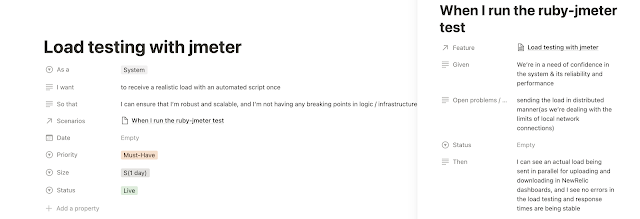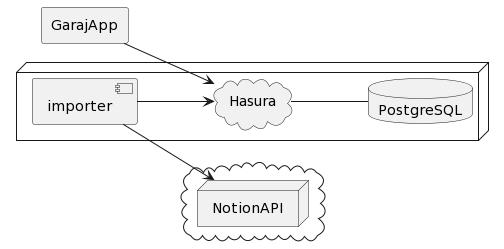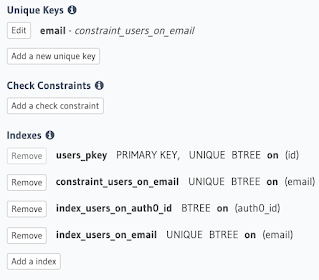OKR Glossary
OKR Framework Glossary for a practical implementation and execution. Glossary Alignment: Every contribution is towards the Ultimate Goal. A state where managers, teams and individuals clearly link their day-to-day activities to the organization’s goals. OKR Superpower #2 is Align. Focus: What is the most important right now. The center of attention. Using OKRs, teams are able to prioritize their time by setting only a handful of OKRs. This enables drilling down on and aligning with the organization’s top priorities. OKR Superpower #1 is Focus. Goal Management: Managing the directional targets by focusing on communication and understanding. Goal management is the process of defining and keeping track of short-term and long-term goals so we can better understand how we can help the company grow. Goals describe where we want to go and how we want to grow in the future. Initiative: The connection point between Goal Management and Task Management. The highest grouping layer of the ...





